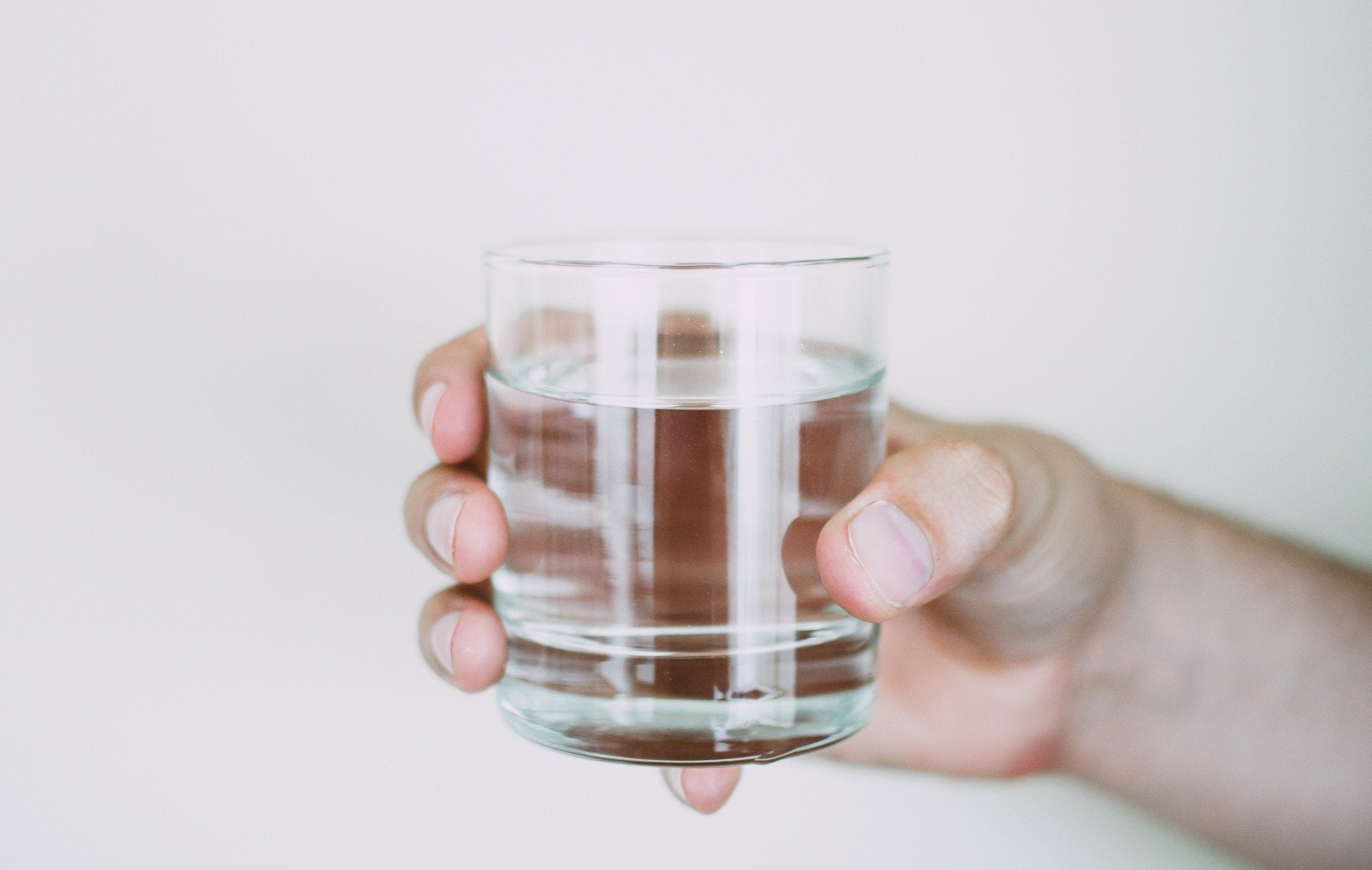
What Is A Shiatsu Massage?
What is a shiatsu massage? Shiatsu is one of the most popular types of massage, and yet few people have a solid understanding of what it means. Perhaps because the practice is so widespread, shiatsu techniques are often associated with the discipline of massage as a whole. Despite this, shiatsu has a very specific definition, and its benefits can help you attain both physical and mental well-being.
Massage may be an ancient form of medicine, but shiatsu dates back only to the first half of the 20th century. In fact, shiatsu originated when a young Japanese man, Tokujiro Namikoshi, used concepts from Traditional Chinese Medicine to help relieve his mother’s rheumatoid arthritis. The word “shiatsu” is Japanese for “finger pressure,” and that is exactly what shiatsu entails. Shiatsu is a form of acupressure, so it requires massage therapists to use their fingers to apply pressure to targeted areas of the body. To get the necessary angle for this application, shiatsu massages typically take place with the patient lying on the floor.
The purpose of shiatsu is to increase the flow of a person’s internal energy, known as the qi. Doing this creates a balance, and it can lead a patient to experience more vigor and less fatigue. In opening up the body’s pathways, shiatsu decreases cortisol levels, which in turn alleviates muscle pain and dispels built-up anxiety and stress. Because it affects hormones as well as muscles and joints, shiatsu has been shown to be an effective treatment for disorders affecting the entire body: from depression and insomnia, to migraines and sciatica. It has proven especially beneficial for those suffering from fibromyalgia or chronic pain in the back, shoulders, and neck.
The holistic nature of shiatsu means there are certain areas on the body that are most susceptible to finger kneading by the practitioner. In particular, shiatsu focuses on 12 so-called “meridians,” which control the body’s internal equilibrium. The 12 meridians are: the lung, large intestine, stomach, spleen, heart, small intestine, bladder, kidney, heart constrictor, triple heater, gallbladder, and liver. Each of these is connected to an external area of the body that, when treated with shiatsu, restores the natural functioning of its corresponding part. To hit the correct acupoints, a shiatsu massage therapist usually starts at the hands and feet and moves toward the center, paying particular attention to the shoulders in the process.
Although the benefits of shiatsu are overwhelming, the practice does have its drawbacks. Like with all forms of massage therapy, it can be difficult and expensive to find an experienced licensed professional. Luckily, due to advances in technology, human fingers are no longer necessary. NAIPO massagers replicate finger movements and apply just the right amount of pressure to reproduce the perfect shiatsu massage. It is now possible to stimulate one’s energy nearly unlimited times without leaving the home. Finding well-being has never been easier.



Leave a comment
This site is protected by hCaptcha and the hCaptcha Privacy Policy and Terms of Service apply.